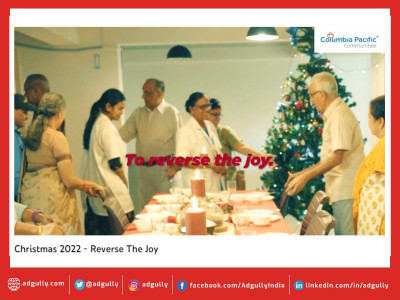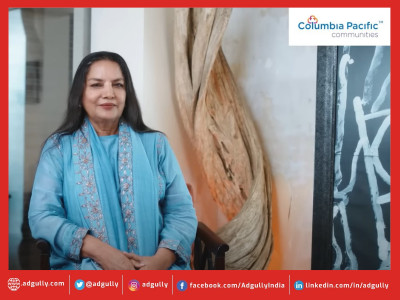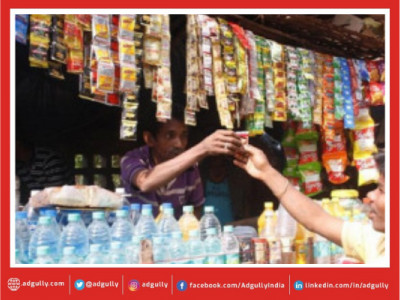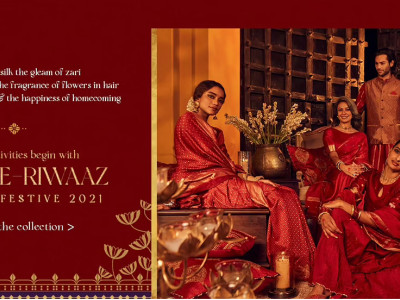Voice, Video, Virtual: The Triple V Threat Shaping Marketing in the Months Ahead
Authored by Piali Dasgupta, Senior Vice President – Marketing, Columbia Pacific Communities
Tomorrow’s voice
According to Google, 27% of the global population uses voice search on mobile. And in India, voice search has grown by 270% in the last few years. It is the younger demographic (the 20-49 age group) are more prone to using voice search because it’s faster. India is already the third largest podcast listening market in the world after USA and China. And, in the next five years, more and more brands will build an audio strategy as they realise that podcasts are a channel to build compelling brand narratives, create brand love and reach out to your audience in a high-engagement environment.
Last year, Whatsapp declared that a staggering 7 billion voice notes are sent every day on the messaging app, with the Gen-Z audience being the biggest users of voice notes. And a look at the top five most used apps in India reveals that voice search is an integral part of their overall UX strategy.
New age brands have been riding on the voice wave for a while now. One of the most successful voice campaigns was Swiggy’s Voice of Hunger campaign launched almost five years ago, in which they asked their customers to send them a voice note that looked like a food item.
Besides winning India three Cannes Lion metals, the campaign generated over 16 million impressions, and a whopping 2100% rise in platform traffic.
Marketing in the age of Metaverse
Emerging technologies such as AI/ML/AR/VR and other elements of web 3.0, will transform marketing in the coming years. Irrespective of whether it will be scalable or not, given that the devices are expensive and not easily accessible, Metaverse will be a point of consideration for marketers in the next five years. With several lifestyle and fashion brands in India and offshore (from Vans to Tanishq and Manish Malhotra to Coca Cola, Nike and Gucci) already exploring metaverse, it will emerge as an important brand touchpoint for a niche audience as 5G takes over disrupting experiential marketing across the world.
The pandemic saw high adoption of VR amongst high ticket-size categories such as fine jewellery, automobile and of course, real estate. Real estate brands in particular, were able to sustain business momentum, by creating a virtual reality experience of their model apartments for customers who could not visit the site in person. Columbia Pacific Communities, India’s largest and most preferred senior living community operators, used VR technologies extensively to help customers from across the world experience its signature project The Virtuoso, and aid transactions.
The rise and rise of videos
It is no secret that video content has substantially higher engagement rate than static content, and the entire social media ecosystem is currently optimised for video content.
With Open AI announcing the red learning phase of Sora AI, an AI tool that converts text briefs to videos of 1 minute or less, creating video content would become easier than ever for content creators and marketers. However, it would also result in excessive clutter, and brands that are able to personalise their video content for specific audience segments and cohorts using machine learning and AI, will stand out.


















Share
Facebook
YouTube
Tweet
Twitter
LinkedIn